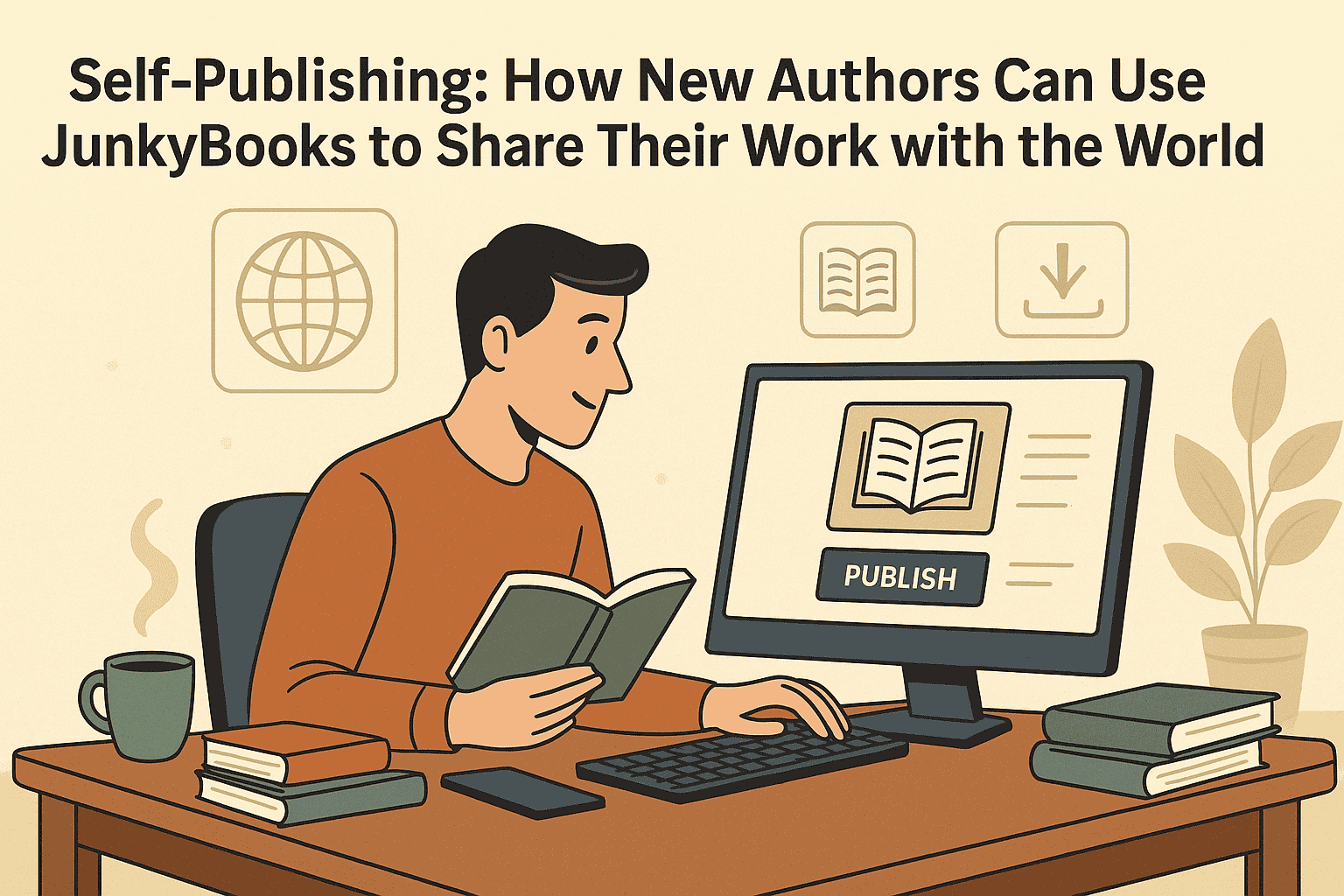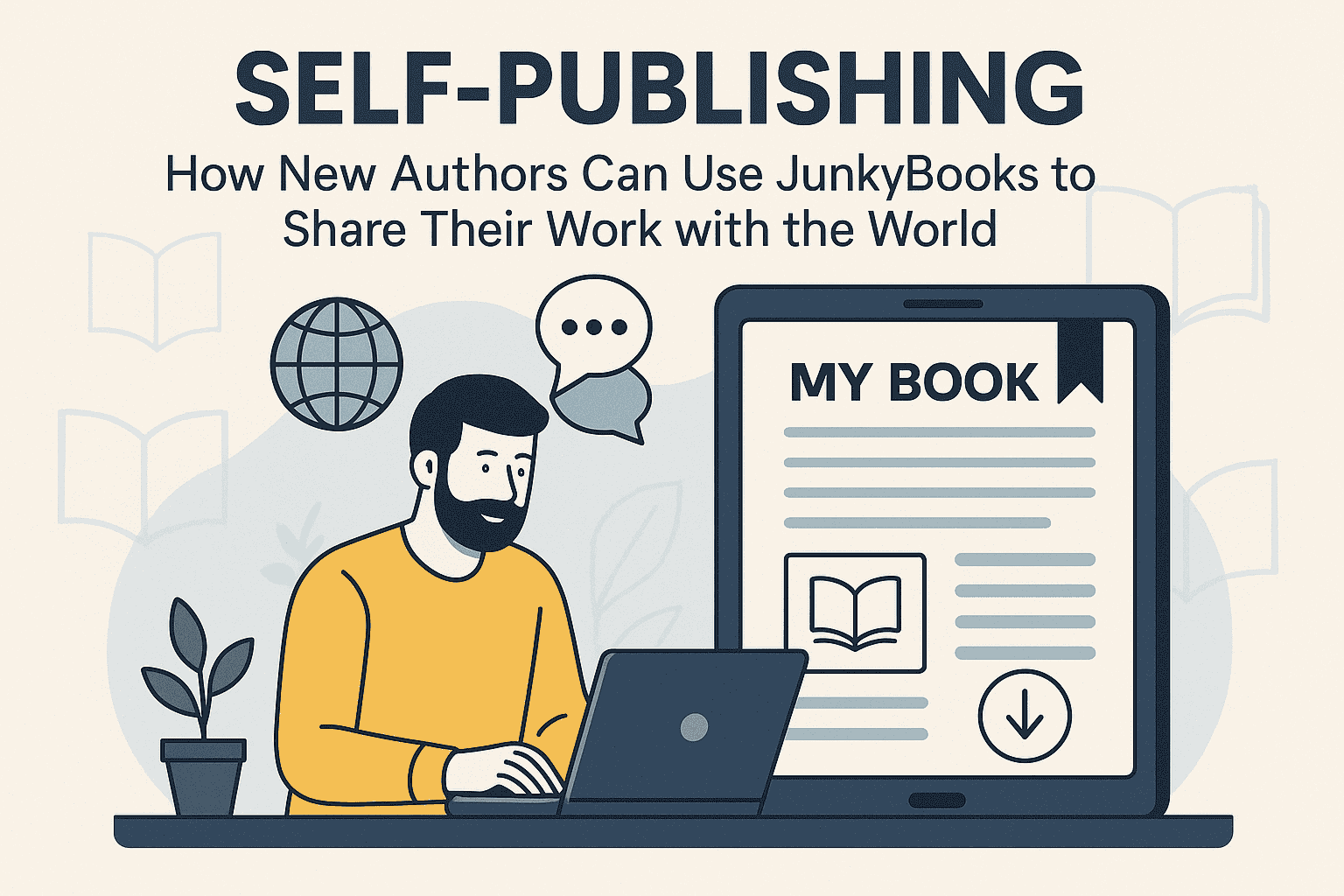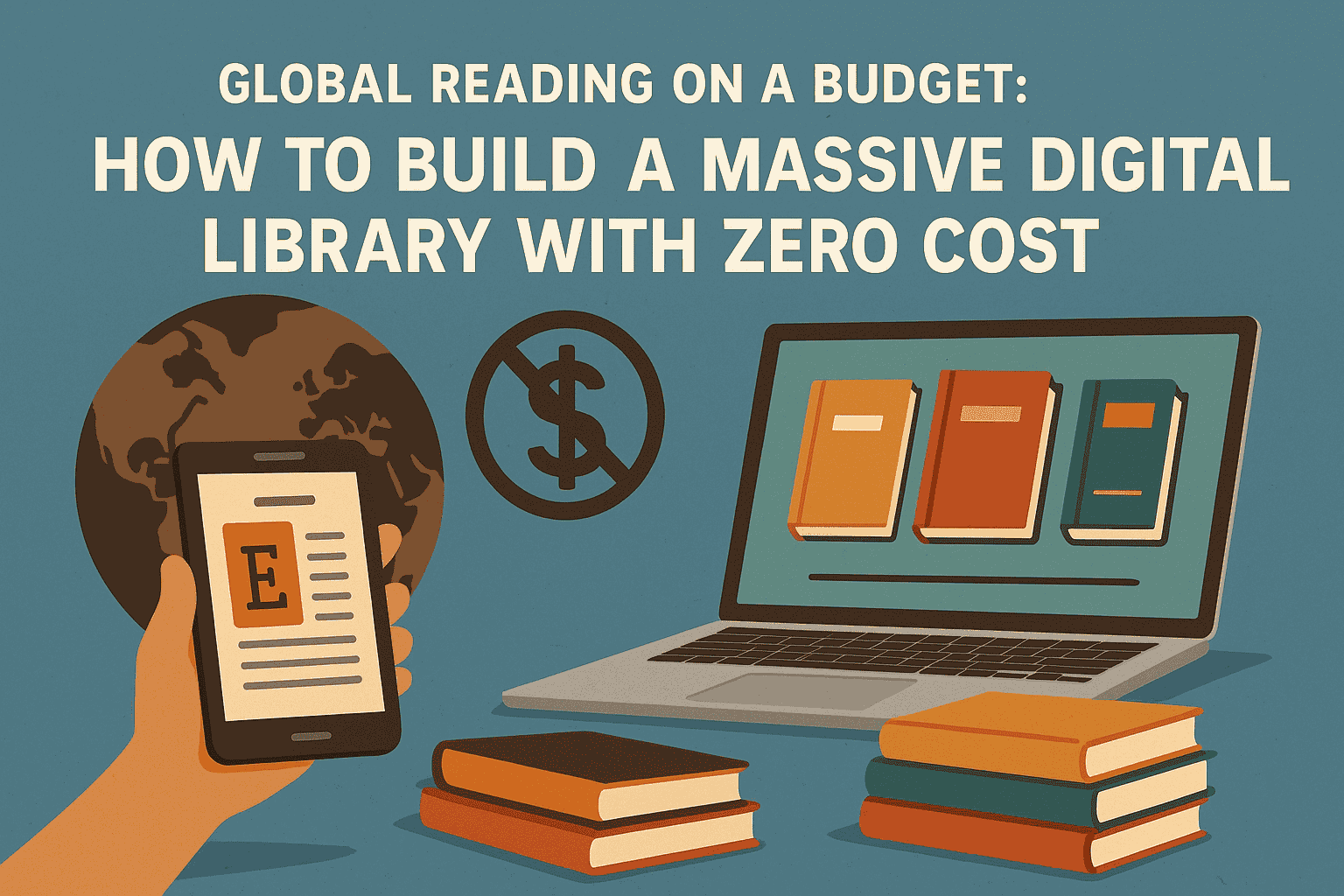The Self-Publishing Process: Step-by-Step Guide
The world of publishing has changed dramatically over the last two decades. Once dependent on traditional publishing houses, authors today can bring their work directly to readers through self-publishing. It’s faster, more accessible, and often more profitable—but only when done right.
If you’re thinking about self-publishing your book, this guide walks you through every major step—from manuscript to marketplace.
Step 1: Finish and Polish Your Manuscript
Before anything else, your manuscript must be complete and professionally edited.
What to do:
-
Revise thoroughly: Don’t publish your first draft. Rework and refine until your story or content is strong.
-
Seek feedback: Use beta readers, writing groups, or critique partners.
-
Hire a professional editor: A developmental editor for structure and flow, a copyeditor for grammar and clarity, and a proofreader for final polish.
Tip: Your book reflects your brand. Don’t rush this step.
Step 2: Choose Your Publishing Platform
You’ll need to decide where and how you want to publish your book.
Major Self-Publishing Platforms:
-
Amazon KDP (Kindle Direct Publishing): The largest platform for eBooks and print-on-demand paperbacks.
-
IngramSpark: Ideal for wider print distribution to bookstores and libraries.
-
Apple Books, Kobo, Google Play: Other eBook marketplaces.
-
Draft2Digital or Smashwords: Aggregators that distribute your book to multiple platforms from one dashboard.
Tip: You can publish directly on Amazon KDP and use an aggregator for other retailers.
Step 3: Choose a Book Format
Self-published authors typically release books in one or more of these formats:
-
eBook (digital only): Cheap to produce, instantly available worldwide
-
Paperback (Print-on-Demand): Printed when ordered—no inventory required
-
Hardcover: Adds prestige, usually via IngramSpark or KDP
-
Audiobook: Growing market, can be produced with services like ACX or Findaway Voices
Tip: Start with eBook and paperback. Add audiobook later if demand grows.
Step 4: Format Your Manuscript for Publishing
Proper formatting ensures your book looks professional on every device or in print.
Options:
-
Do it yourself with tools like Microsoft Word, Reedsy Book Editor, or Vellum (Mac only)
-
Hire a professional formatter for complex layouts or print editions
Formatting involves:
-
Chapter headings
-
Table of contents
-
Page breaks
-
Font choices
-
Line spacing and margins
Tip: Use KDP’s previewer or print proofing tools before going live.
Step 5: Design a Professional Book Cover
Your cover is your first impression—and it matters.
Your cover should:
-
Reflect the genre and tone of your book
-
Be clear and legible in thumbnail size (especially for eBooks)
-
Include title, author name, and any subtitle
How to get a cover:
-
Hire a professional designer (recommended)
-
Use tools like Canva or KDP’s Cover Creator for simple DIY options
Tip: A professionally designed cover can significantly boost your sales and credibility.
Step 6: Purchase ISBNs (Optional but Recommended)
An ISBN (International Standard Book Number) is not required for eBooks on Amazon, but it’s essential for:
-
Paperbacks or hardcovers
-
Distribution to bookstores or libraries
-
Establishing yourself as the publisher
Where to buy:
-
United States: Bowker (www.myidentifiers.com)
-
UK: Nielsen ISBN Agency
If you use Amazon’s free ISBN, Amazon will be listed as the publisher.
Tip: Buy your own ISBNs if you want to retain full control and appear more professional.
Step 7: Write a Strong Book Description
Your book’s description (or blurb) is what converts browsers into buyers.
A good description:
-
Starts with a hook (first 2–3 lines should grab attention)
-
Clearly explains what the book is about
-
Uses keywords relevant to the genre
-
Ends with a call to action (e.g., “Buy now to start your journey…”)
Tip: Study bestsellers in your genre and mimic their structure and tone.
Step 8: Set Your Pricing and Royalties
You control the pricing for your book—but it affects royalties, visibility, and marketing opportunities.
Amazon KDP Royalties:
-
70% for eBooks priced between $2.99–$9.99
-
35% outside that range
-
Print royalties are typically around 60% of list price, minus printing costs
Pricing Strategy:
-
Use introductory pricing ($0.99 or $2.99) to attract early readers
-
Raise the price gradually based on demand
-
Consider free promotions if using KDP Select
Tip: Research what other books in your genre are priced at.
Step 9: Upload Your Book and Publish
Once you have everything ready (formatted file, cover, ISBN, description), it’s time to upload your book.
On Amazon KDP, you’ll need:
-
Book title and subtitle
-
Series information (if applicable)
-
Author name and contributors
-
Categories and keywords
-
Manuscript file (Word or EPUB)
-
Cover file (JPEG or PDF)
-
Pricing and distribution settings
Tip: Preview your book on different devices using Amazon’s preview tool before publishing.
Step 10: Launch and Market Your Book
Publishing your book is only half the journey. To succeed, you’ll need a marketing plan.
Before launch:
-
Build an email list or notify your followers
-
Set up an author website
-
Create a launch team (friends, readers, influencers to leave reviews)
After launch:
-
Run Amazon ads or Facebook ads
-
Use social media to share your journey
-
Apply for BookBub or other promotional deals
-
Encourage reader reviews—they boost visibility and trust
Tip: Marketing is ongoing. Plan for the long term, not just launch week.
Step 11: Monitor Sales and Adjust Strategy
Once your book is live:
-
Monitor your sales dashboard
-
Track rankings, reviews, and ad performance
-
Update pricing or descriptions as needed
-
Consider releasing new editions or formats (e.g., audiobooks)
Tip: Self-publishing success often comes from consistency—keep learning, testing, and improving.
Final Thoughts
Self-publishing empowers authors to take full control of their careers. You decide how your book looks, when it’s released, and how it’s marketed. But with that freedom comes responsibility.
To recap, here’s your self-publishing checklist:
-
Finish and edit your manuscript
-
Choose the right platforms
-
Select your formats (eBook, print, etc.)
-
Format your manuscript professionally
-
Design a quality book cover
-
Get ISBNs (if needed)
-
Write a compelling book description
-
Set competitive pricing
-
Upload and publish your book
-
Launch with a solid marketing strategy
-
Monitor, promote, and grow
With careful planning and dedication, you can publish a book that looks professional, reaches readers, and builds your reputation as an author.








